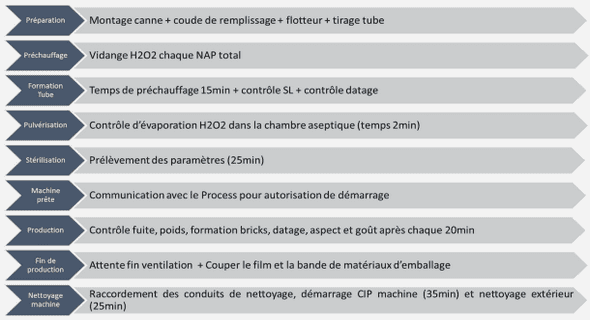Nombre de téléchargements - 0
Vous avez une question, contacter WhatsApp : +64-7-788-0271 ou E-mail : clicourscom@gmail.com
Capillary adhesion and friction –An approach with the AFM Circular Mode, Plus de 30 000 cours, exercices, rapports pfe, livres numériques à télecharger et à lire gratuitement sur votre PC, tablette, et smartphone
Introduction
Chapter 1. From Tribology to Nanotribology
1. Introduction to tribology – Macro and Microscopic approaches to the laws of friction
1.1. Laws of Amontons and Coulomb
1.2. Bowden and Tabor adhesion model
2. Contact mechanics – Single asperity contacts
2.1. Fully elastic: The Hertz model
2.2. Including adhesive forces: The JKR model
2.3. The Derjaguin-Muller-Toporov (DMT) model
2.4. Maugis model
2.5. Comparison of the models
3. Nanotribology
3.1. Interactions in a nano-contact
3.2. New approaches for investigations at the nanoscale
3.3. Nanoscale friction
4. Recent experimental results on dynamic friction
4.1. Friction independent of the sliding velocity
4.2. A power-law dependence of the friction on the sliding velocity
4.3. Friction force versus the sliding velocity variation – Slope change from increasing to decreasing
4.4. Logarithmic dependence of friction force on the sliding velocity
5. Capillary condensation
5.1. From water molecules to capillary bridges
5.2. Kinetics of capillary condensation of water bridges
5.3. Humidity dependence of a capillary force
5.4. Roughness dependence of a capillary force
6. Conclusion
Chapter 2. The Circular AFM Mode
1. Motivation
2. Circular mode Implementation
3. Circular motion parameters
4. Circular motion in the horizontal plane of the sample
5. Advantages of the Circular mode
6. Applications of the Circular mode
7. Conclusion
Chapter 3. Velocity dependence of adhesion in a sliding nanometer-sized contact – A Circular mode study
1. Combining the Circular mode with the conventional force distance mode
2. Experimental procedure
3. Experimental data- adhesion force values at different sliding velocities
4. Adhesion force dependence on the sliding velocity
5. Measurements performed with same physical chemical properties at different humidities
6. Reversibility of the behavior
7. Theoretical approach of the influence of the sliding velocity on capillary adhesion
8. Conclusion
Chapter 4. Capillary adhesion versus friction – Preliminary results
1. Measuring lateral force spectra with the Circular mode
2. Friction with the normal load
3. Friction force versus ln (V) at a constant normal load
4. Variation of the friction coefficient with the sliding velocity
5. Interplay between capillary adhesion and dissipation in a contact
General Conclusion
Annex 1.Atomic Force Microscopy
1. Principle of the AFM
2. The AFM probe – Measuring interaction forces
3. The Photodiode detector – measuring cantilever deflection
4. The Piezoelectric tube
5. The Feedback loop
6. Topographic image and resolution
7. Calibration
Annex 2. Circular AFM mode for investigating polymer nanotribological or nanoadhesive properties
Annex 3. Force Volume Mode
1. Force volume mode
Annex 4. Lock-In-Amplifier
1. The lock-in technique
Table of Symbols
REFERENCES
